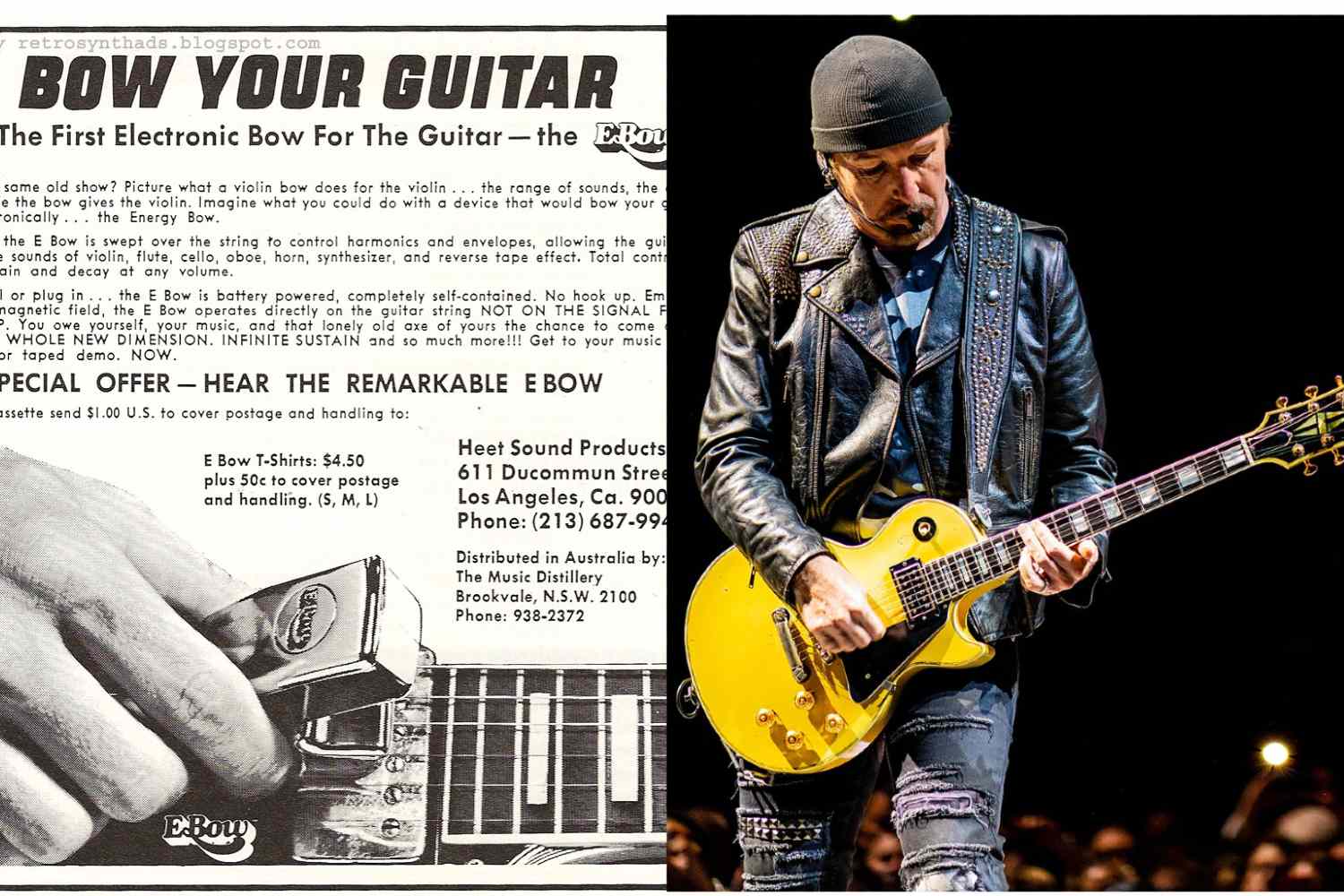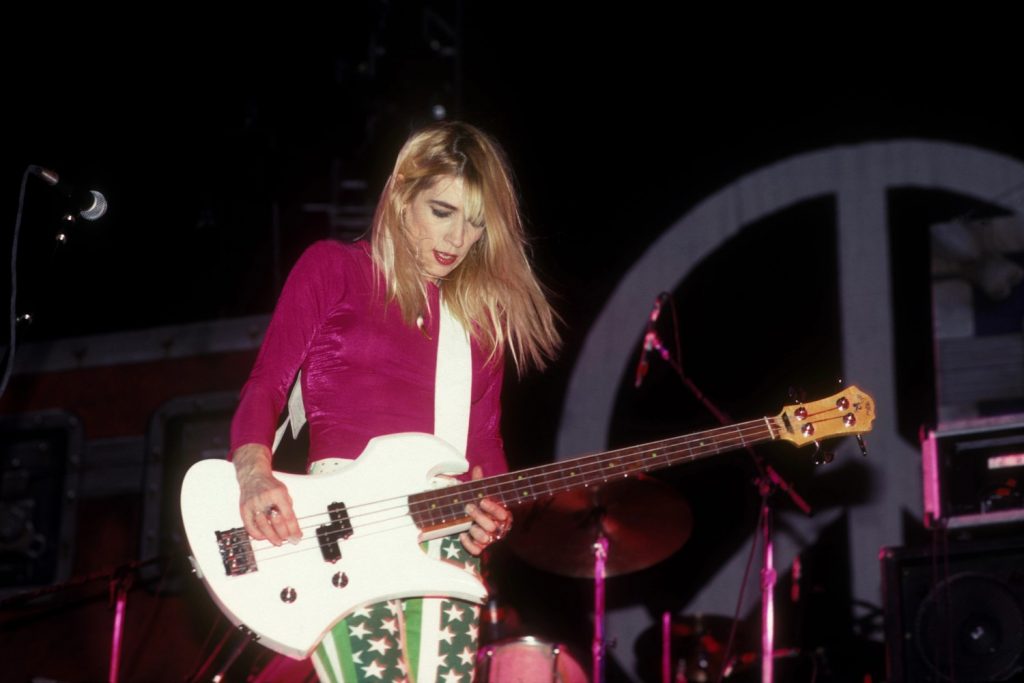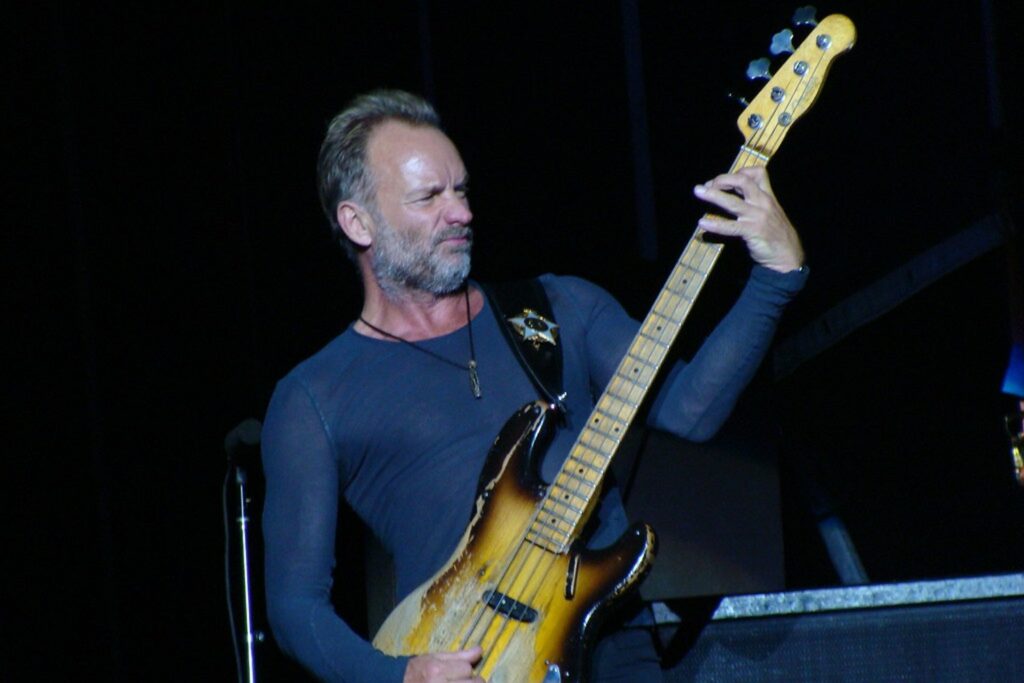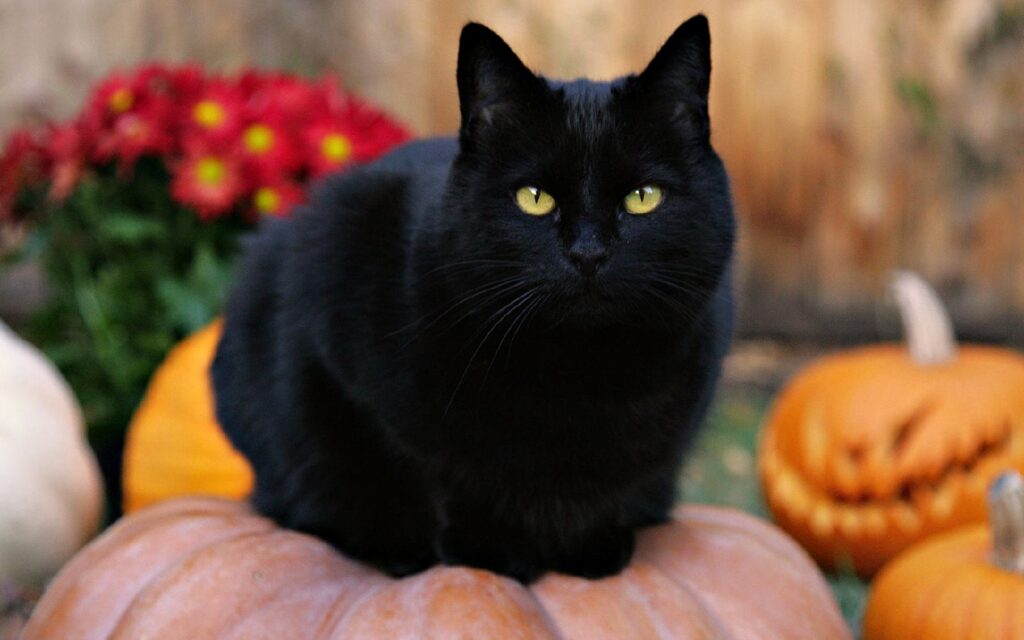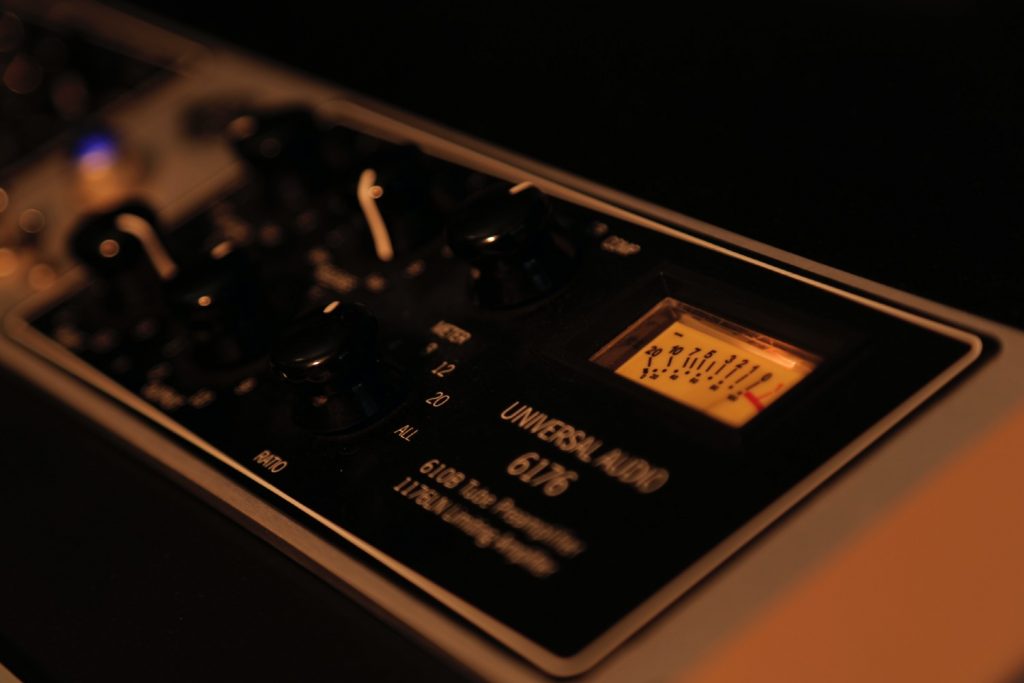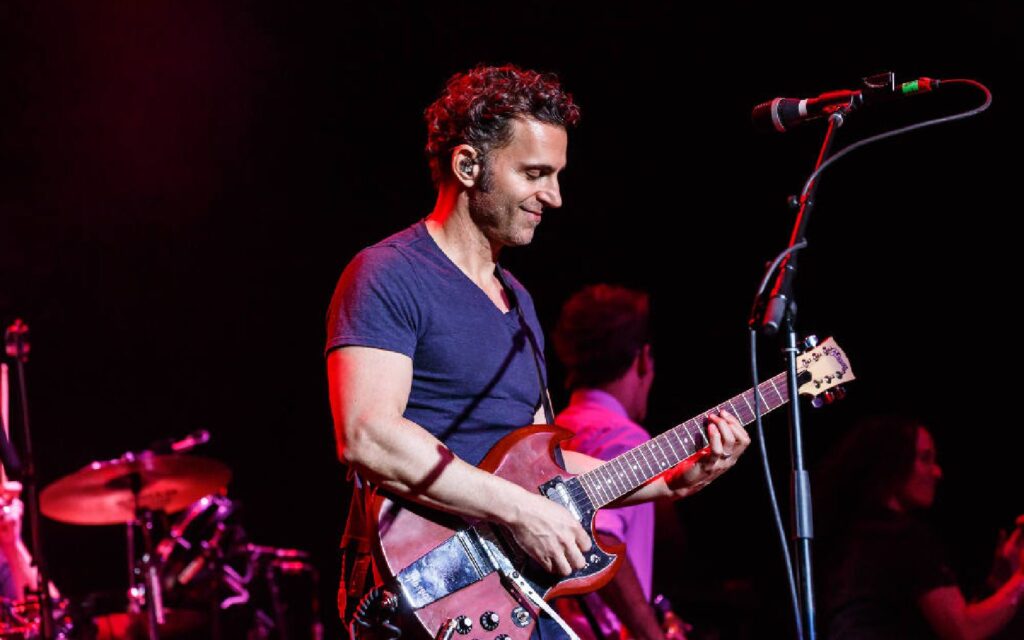Tracing the revolutionary EBow through time.
Introduced to the world at NAMM in 1976 by Heet Sound, the EBow was considered a revolutionary device at the time. In an effort to replicate the sound of guitarists like Jimmy Page taking to their instrument with a cello bow, Heet Sound envisioned a device with an inductive string driver to create feedback circuit, including a sensor coil, driver coil and amplifier, which would then create endless vibrations when pressed against a guitar string.
Summary:
- Introduced to the world at NAMM in 1976 by Heet Sound, the EBow was considered a revolutionary device at the time.
- Heet Sound envisioned a device with an inductive string driver to create feedback circuit, including a sensor coil, driver coil and amplifier, which would then create endless vibrations when pressed against a guitar string.
- To trace the story of the EBow, we’re looking at seven key tracks where the device has been used, analysing the manner in which it’s used in each track to discover the enduring appeal of achieving infinite sustain.
Ebow
Read up on all the latest features and columns here.
While the EBow was certainly groundbreaking, it did feature some slightly annoying limitations – for starters, it was a monophonic device, meaning only one string could be affected at any given time, and getting the unit to work consistently proved troublesome in the hands of amateur players. Nevertheless, the EBow has become known as one of the mightiest tools a guitarist can have in their arsenal – particularly if they’re playing with a lot of delay pedals and consider themselves a proponent of ‘ambient’ stylings.
EBow guitar
To trace the story of the EBow, we’re looking at seven key tracks where the device has been used, analysing the manner in which it’s used in each track to discover the enduring appeal of achieving infinite sustain.
‘Don’t Fear The Reaper’ – Blue Öyster Cult (1976)
It might be best known for its copious amounts of cowbell, but Blue Öyster Cult’s 1976 classic ‘(Don’t Fear) The Reaper’ is also one of the earliest examples of how the EBow could be used most effectively. The device can be heard utilised by lead guitarist Buck Dharma to transition from the guitar solo into the final verse, with Dharma hovering the EBow over his third string to create a whining one-note feedback loop that seemingly lasts forever.
Dharma’s use of the E-Bow in this track makes for a thrilling segue, and demonstrates the might of the unit when used as a textural tool. Imagine the chaos that’d ensue if you could play a cowbell with an EBow…. Infinite cattle calls forever.
‘The Unforgettable Fire’ – U2 (1984)
Ever a proponent for experimenting with spacey sounds and chaining together effects to create atmospheric noise, U2’s The Edge was another staunch proponent for the EBow, with the most obvious example being heard on the title track of the band’s 1984 release The Unforgettable Fire.
Throughout the track, The Edge can he heard using the EBow to create violin-like sustained notes that glide in and out behind the mix, acting as a counterpoint to Bono’s impassioned lead vocal. As a side note, this might be one of U2’s most underrated tracks, and the way that The Edge utilises his guitar on the track almost certainly makes it what it is.
‘Heroes (Live at Freddie Mercury Tribute Concert)’ – David Bowie (1992)
Contrary to popular belief, Robert Fripp did in fact not use an EBow for his mangled lead playing in this iconic Bowie track – that soaring guitar you hear is all his wizardry with feedback manipulation in the studio. However, the device was essential for replicating Fripp’s wailing tones onstage, with several of Bowie’s guitarists using an EBow for when ‘Heroes’ popped into the setlist.
A prime example can be heard during Bowie’s performance of the track at the huge tribute concert for Freddie Mercury in 1992, with Mick Ronson handling the E-Bow section while Brian May and Paul Deacon flank his side. This one’s legendary for a number of reasons – not only is it one of Bowie’s best performed versions of the song, but it was also one of Ronson’s own final live appearances before passing away to liver cancer the following year.
‘E-Bow The Letter’ – R.E.M and Patti Smith (1996)
Probably one of the more famous instances of the EBow in action is on R.E.M’s mighty 1996 single ‘E-Bow The Letter’, which also features impressive backing vocals from proto-punk legend Patti Smith. There’s not really much that needs explaining here – as the name of the song implies, the EBow is all over this track, with guitarist Peter Buck using the device to swoop, dive and glide up and down the fretboard, with the dissonant tones of the EBow contrasting R.E.M’s typically jangly sound on the song.
Little known fact: the letter mentioned in the song title is actually a reference to a letter frontman Michael Stipe wrote to River Phoenix in an effort to get the troubled actor clean – a letter that Stipe never sent after Phoenix passed away from an overdose days later.
‘Stand Inside Your Love’ – The Smashing Pumpkins (2000)
By almost all accounts, Machina/The Machines of God is considered as the worst Smashing Pumpkins record. Released to middling reviews and disappointing sales in 2000, the band split up shortly after touring behind the album, with original drummer Jimmy Chamberlain summing up the failure in a Rolling Stone interview as being ‘like watching your kid flunking out of school after getting straight A’s for ten years’.
If there is one saving grace on Machina/The Machines of God, however, it’s got to be ‘Stand Inside Your Love’. One of Corgan’s most underrated songs, ‘Stand Inside Your Love’ also features a killer EBow solo courtesy of guitarist James Iha, who employs the bow almost as if it were a theremin for his gliding lead passage in the latter half of the track. Iha can also be heard using the EBow on a number of other key Smashing Pumpkins tracks, notably ‘Thru The Eyes Of Ruby’, ‘Soma’ and ‘Perfect’.
‘Untitled #6’ – Sigur Rós (2002)
While it’s most often seen used on guitar, the nifty EBow can be used to create endless vibrations on any stringed instrument – even an unplugged acoustic guitar can turn into its own orchestra with an EBow in the right hands.
One of the most prominent examples of the EBow being used on a different instrument can be heard on the symphonic ‘Untitled #6’ off the () album by Icelandic post-rock group Sigur Rós. Throughout the course of the track, the band’s Georg Hólm uses an EBow on his bass guitar to create swelling low frequencies that crash throughout the track like a wave. When contrasted against the wailing wall of sound in the track, achieved by endless delay pedal trails and intuitive use of feedback,’Untitled #6’ makes for an overwhelming experience unlike any other – sheer magic.
‘Nude’ – Radiohead (2007)
If the EBow had to be considered synonymous with any single guitarist, I’d put my money on Radiohead’s Ed O’Brien. The guitarist has long used the sustaining device to generate immense drones and ambient leads throughout his career with the band, with notable examples being heard on 1994’s ‘My Iron Lung’, ‘Street Spirit’ B-Side (and Romeo + Juliet soundtrack standout) ‘Talk Show Host’, ‘Jigsaw Falling Into Place’ and the ethereal Hail To The Thief cut ‘Where I End And You Begin’.
If you have to pick a standout EBow moment in the Radiohead canon, though, most fans would immediately point towards the track ‘Nude’ from their stellar 2007 LP In Rainbows. Over the course of the song, O’Brien uses the EBow in a call-and-response with Jonny Greenwood’s Ondes Martenot, with the two guitarists trading drone-for-drone to create a warbling pulse around Thom Yorke’s falsetto. It’s a classic cut, and goes to show just how effective the EBow can be when approached without the mindset of a stock standard lead guitarist. Go Ed.
Find out more about how to get your hands on an EBow here.
